Published Jun 1, 2017
Celebrating Khan Cinematographer Jay Gayne Rescher
Celebrating Khan Cinematographer Jay Gayne Rescher
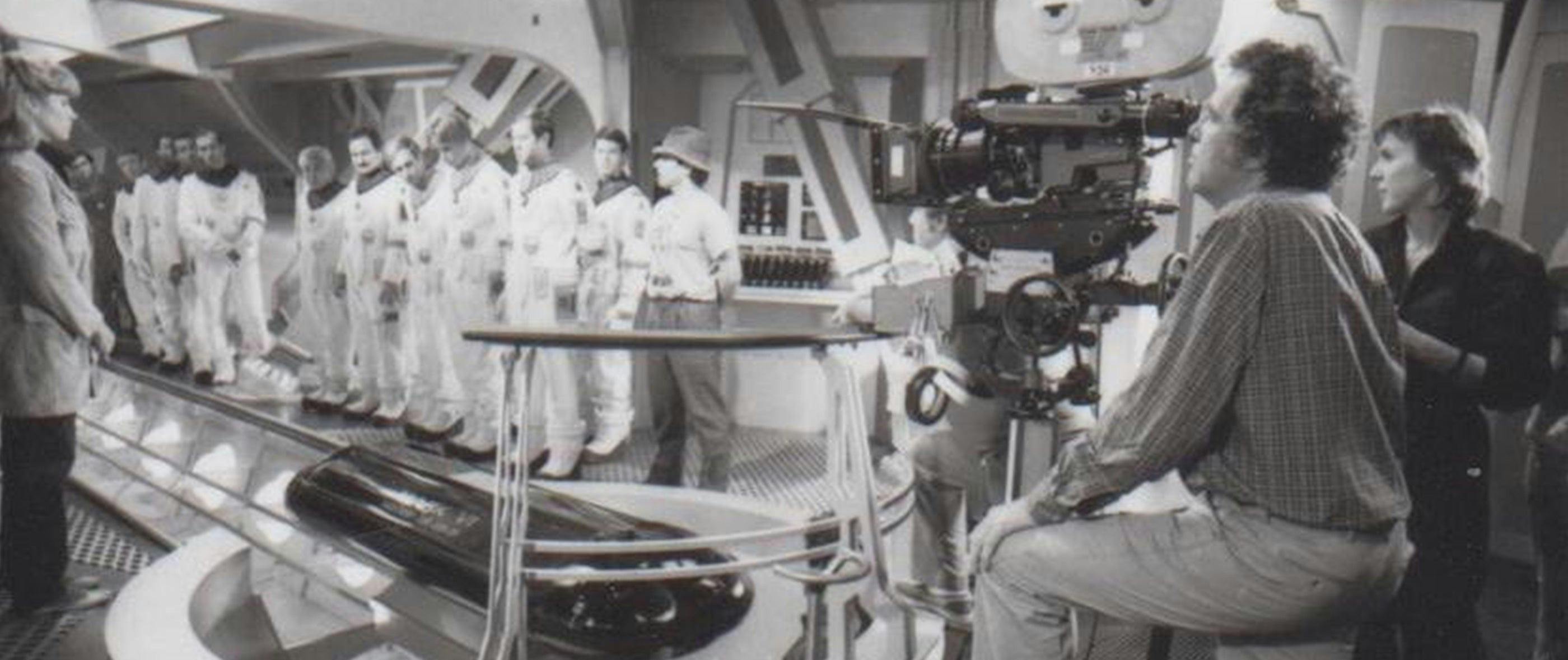
With a limited budget of $11 million dollars - in contrast with Star Wars: The Empire Strikes Back made two years earlier for $18 million dollars - Star Trek II: The Wrath of Khan still managed to become one of science fiction's most-influential films (and the film to have the highest-grossing weekend opening of all-time as of June 1982). A significant reason for the film's success then, and its continued relevance 35 years later, is the contributions made by the talented behind the scenes artists who, as the film's writer/director Nicholas Meyer says, thrived creatively despite limitations of budget, time and technology.
Our research into the making of TWOK is centered upon the idea of celebrating those contributions. One of those deserving of accolades is Jay Gayne Rescher, A.S.C. Serving as TWOK's cinematographer, Rescher brought with him decades of television and film experience and gave the film a more expensive look than its small sets and limited budget would otherwise have displayed.
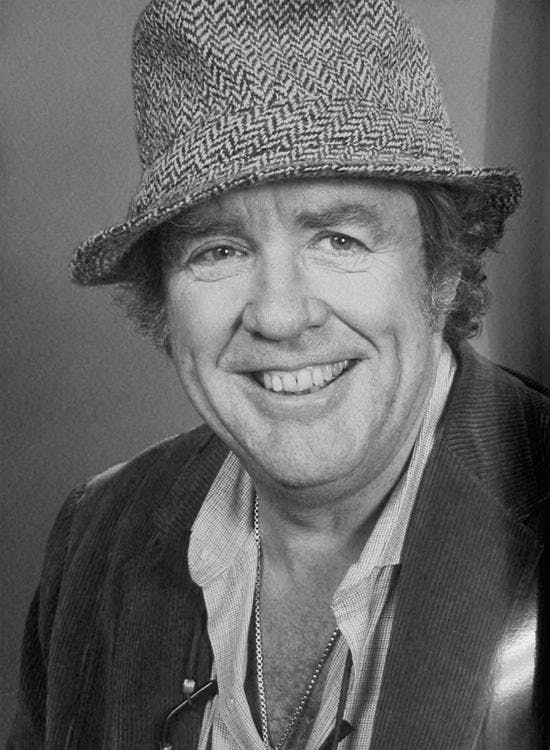
Rescher was born in New York on December 19, 1924, the son of a silent screen actress mother and a cinematographer father. He would enter the arts community after serving as a pilot during World War II, much like Star Trek's creator Gene Roddenberry and The Original Series designer Walter Matt Jefferies. Because of TWOK's limited budget, many of the people hired behind the scenes were from the television side of the industry, but Rescher brought with him both TV and film experience - something of an important plus being that Star Trek was continuing to find its way as a film series after starting off on TV. His career began in film during 1957 with his first movie A Face in the Crowd, directed by Elia Kazan. Rescher moved to TV, and from 1980 until 1991 earned an amazing eight Emmy nominations, winning three awards.
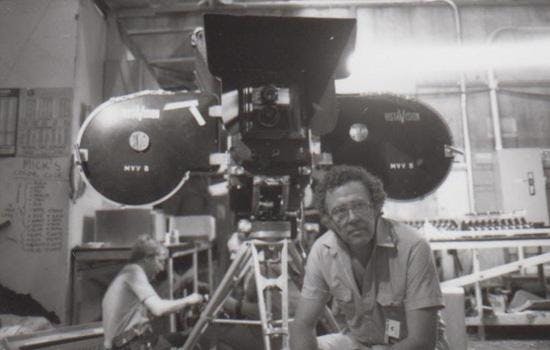
Nicholas Meyer hired Rescher at the recommendation of the film's producer, Robert Sallin. It was a fortuitous decision, and the creative partnership between Meyer and Rescher would continue with The Day After, arguably one of the most-important telemovies of all time, where they reunited as director and cinematographer to imagine the unimaginable - the aftermath of a nuclear war.
Rescher's contributions to TWOK - and those of his entire film crew including camera operator Craig Denault and first assistant camera Catherine "Cathy" Coulson - cannot be over-emphasized. About 65% of the film takes place on the same set (the Enterprise bridge is the Reliant bridge) and yet because of the set designers, graphics work, lighting, and camera movement differences, it makes the film seem richer and more expansive. Rescher and his team made such modest sets as the torpedo room where Spock's funeral took place appear much bigger on screen than they actually were, and Rescher helped create a lighting system to make it easier to light and film on the challenging bridge set
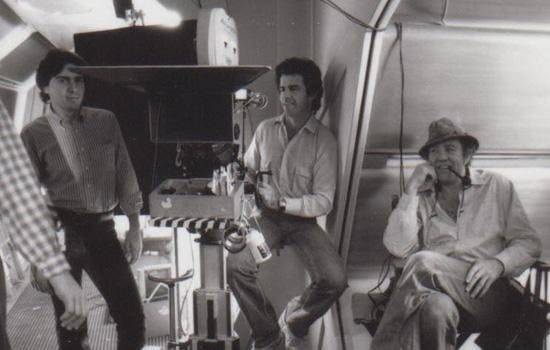
One of our favorite stories is told by Nicholas Meyer in his book A View from the Bridge. While filming Spock's death scene, there were only a limited number of people allowed on the set. One was, of course, Rescher. The scene was written and directed so effectively, and acted with such beauty and love by William Shatner and Leonard Nimoy, that some on the set began to cry - including Gayne Rescher.
Gayne Rescher passed away February 29, 2008. These rare images are part of the Papers of Nicholas Meyer Collection at the University of Iowa that we have been fortunate enough to study and are grateful to share. They demonstrate Rescher and his team working on TWOK and, as we celebrate the film's 35th anniversary this week, the contributions of artists like Jay Gayne Rescher continue to inspire audiences.
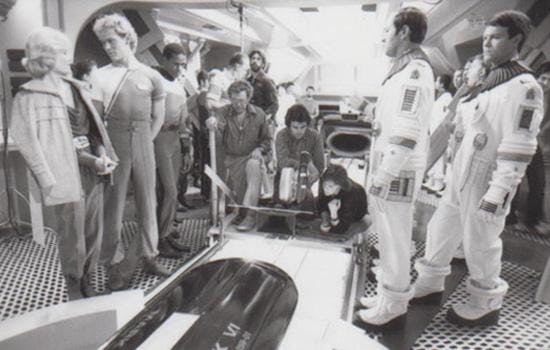
Maria Jose and John Tenuto
Special thanks to Nicholas Meyer and the University of Iowa.
Maria Jose and John Tenuto are both sociology professors at the College of Lake County in Grayslake, Illinois, specializing in popular culture and subculture studies. The Tenutos have conducted extensive research on the history of Star Trek, and have presented at venues such as Creation Conventions and the St. Louis Science Center. They have written for the official Star Trek Magazine and their extensive collection of Star Trek items has been featured in SFX Magazine. Their theory about the “20-Year Nostalgia Cycle” and research on Star Trek fans has been featured on WGN News, BBC Radio, and in the documentary The Force Among Us. They recently researched all known paperwork from the making of the classic episode "Space Seed" and are excited to be sharing some previously unreported information about Khan's first adventure with fellow fans. Contact the Tenutos at jtenuto@clcillinois.edu or mjtenuto@clcillinois.edu.

